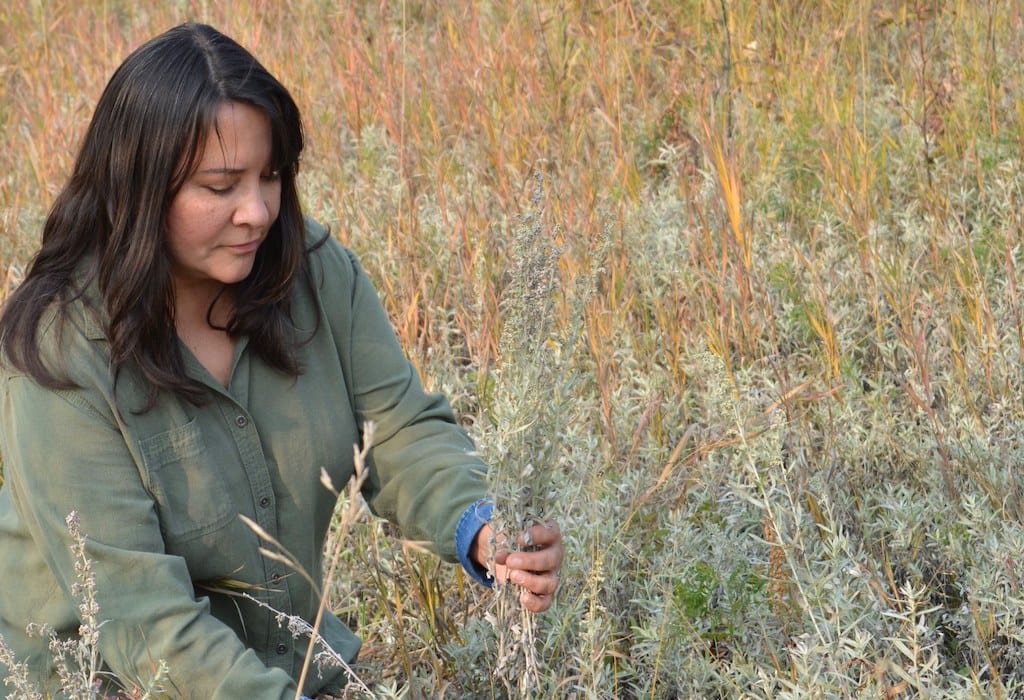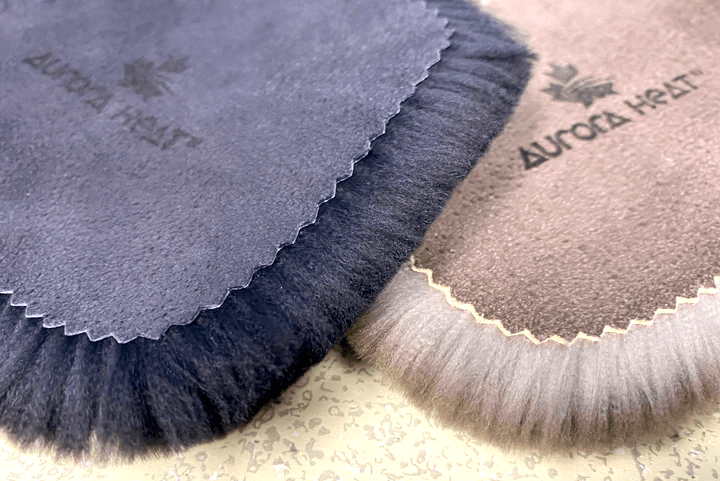Let's Live in Harmony with Nature
Sustainability is inherent to who we are. From how we source our furs, to our handmade process, and the ways our workshop is run. We live in respectful relationship with the natural world, offering fur for warmth.
Indigenous Worldview

Seven Generations Principle
Guided by Indigenous principles, we live by actions that nurture sustainability seven generations forward. We respectfully consider past, present, and future generations.
Everything is Connected
In the circle of life, we are all interdependent. Indigenous Natural Law respects and honours all relationships. These are the essential values guiding our business and all of our decisions.
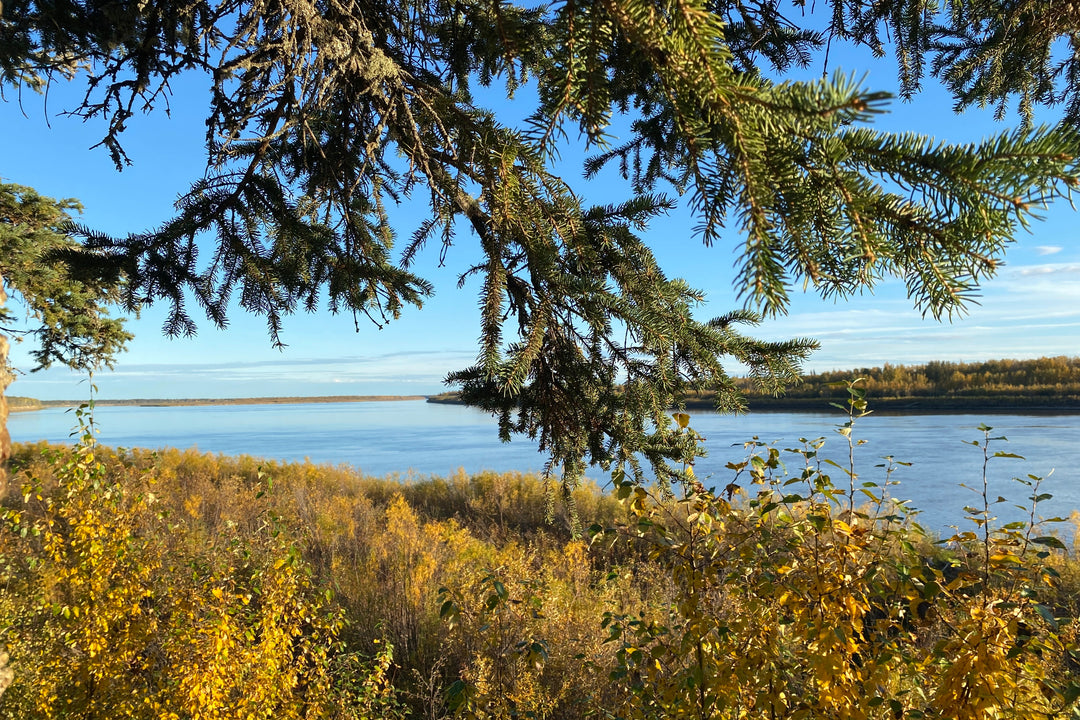
We Cultivate Abundance
Humans have the ability to create conditions for all life to thrive. We need to think beyond maintaining the status quo and take positive action for regeneration to occur.
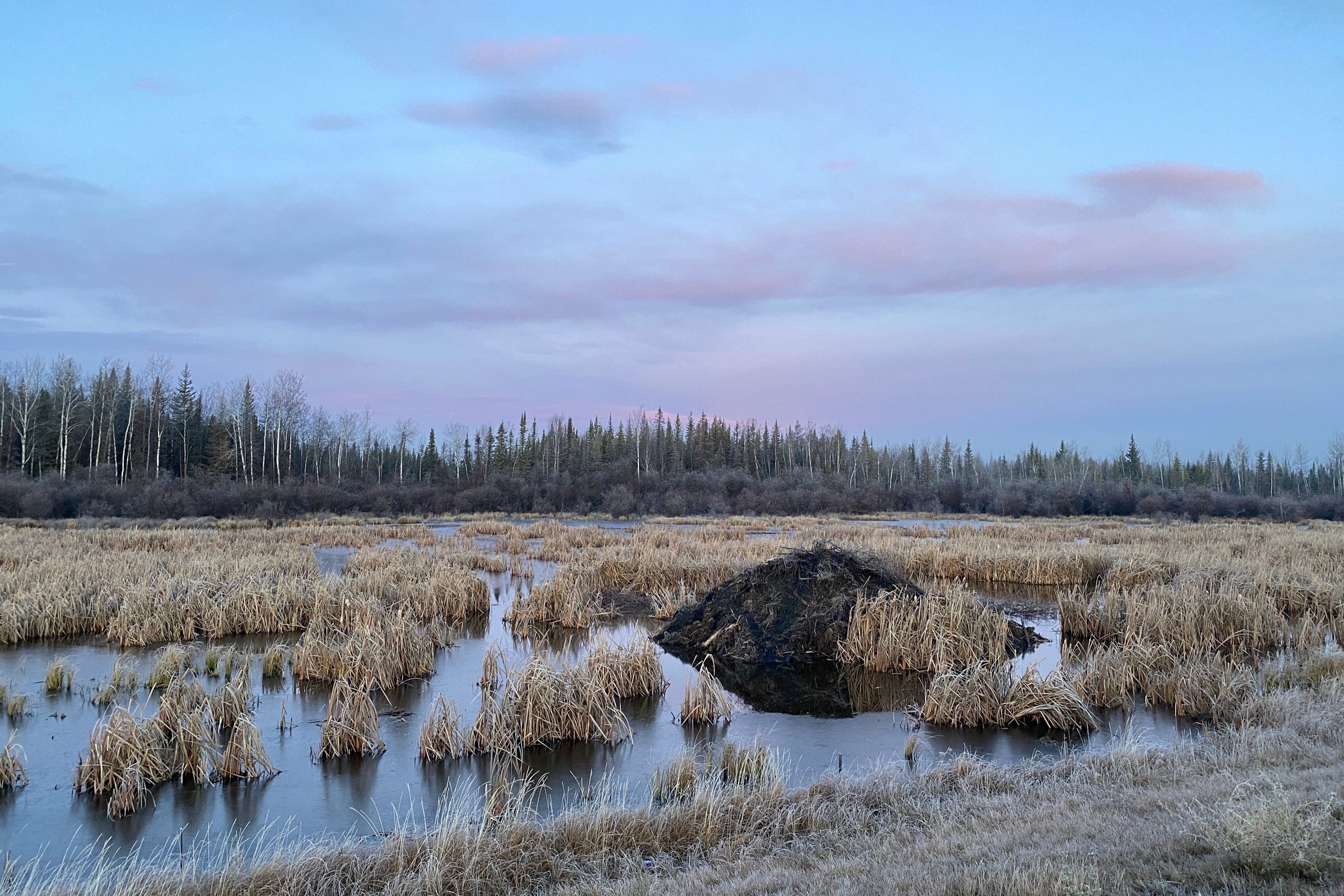
Sacred Relationships
Tsa, our teacher
Tsa (beaver) is a world builder, the one that brings forth the water and more life. Tsa continuously works with water, land, plant, and animal nations to create shared worlds.
Tsa offers lessons by living in connection with the world around us — through knowledge, wisdom and industriousness.
Fur Sustainability Practices
100% Natural Wild Beaver Fur
From the beginning of time, we have relied on fur to survive. Reawakening our need for natural materials, like fur, is essential for our collective survival. Fur harvesting gives value to traditional Indigenous and local economies.
Population Management
Beavers reproduce in large litters and overpopulation is common. When this occurs, numbers plummet. Fur harvesters play an active role in maintaining balance in populations while cultivating abundance for beavers.
Use of the Whole Beaver
Beaver meat is one of the most nourishing foods to eat, feeding both animals and humans. Returning their meat to the Land provides sustenance for birds and other animals to thrive. We utilize the whole pelt in deep respect to the beaver.
Business Operations
Our Workshop
Located in a small town, we offer flexible work for Indigenous women to balance life. Our energy efficient workshop results in a business operation with a small footprint.
Circular Supply
Beaver fur is renewable, with an extraordinarily long lifespan. Our low-impact, handmade production process and biodegradable materials make for a circular supply chain.
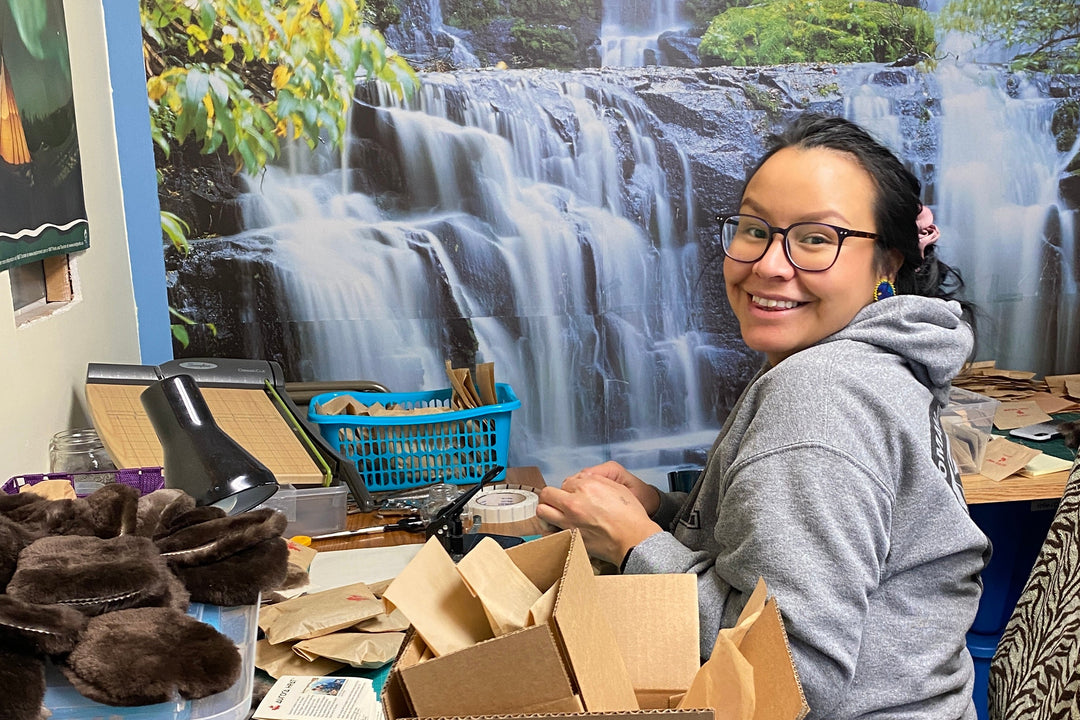
Shipping
We choose to ship directly from our workshop in Northern Canada. Your order arrives in simple and minimal packaging made of recyclable cardboard, paper inserts and envelopes.
Learn More About Beavers (Tsa)
Q: Where do beavers live?
Beavers live throughout Canada, primarily in the Boreal forest—a vast wilderness stretching from Alaska to Labrador. Much of this northern region remains undeveloped, providing rich freshwater habitats of rivers, lakes, and streams where wild beavers thrive.
Q: How are beavers harvested?
Harvesting beavers is skilled, respected work in northern communities. The harvest takes place from October to April, when pelts are at their thickest. Seasons are regulated by government agencies, and harvesters use certified humane traps on the Land, in waterways, and under the ice. Beavers are quickly and carefully prepared to ensure high-quality pelts.
Q: After the pelt is harvested, what happens to the rest of the beaver?
Reciprocity is a pillar of our Indigenous worldview. The gift of life requires respect and a return to the land. Parts of the beaver are used fully and responsibly:
- Meat – Shared with animals on the trapline or consumed by people. My father used to say beaver meat is like a vitamin pill for wildlife surviving harsh winters.
- Castor and oil glands – Collected and sold for use in perfume, flavouring, and trapping lures.
- Meals and preservation – In our home, my mother canned beaver meat for summer meals. The flavour is rich and dark, similar to wild boar. Beaver tails are roasted over open fires as a delicacy in many Indigenous cultures—light, fatty, and delicious with a little salt and pepper.
- Dog food – Many northern dog mushers feed beaver meat to their teams for its superior nutrition and local sustainability compared to commercial dog food.
Nothing is wasted. What can be returned to the forest is returned, including the smallest pieces of fur left over from the making of our Aurora Heat warmers. The birds and squirrels line their nests with our own offerings.
Q: Are beavers farmed or at risk?
Beavers are wild and cannot be domesticated. They produce litters every spring, helping maintain strong populations.
In the 1700s, European demand for beaver felt hats drove near-extinction. Conservation in the early 1900s allowed populations to rebound. Today, sustainable harvest and monitoring ensure healthy, thriving beaver populations across Canada.
Q: What happens to beavers in urban and commercialized areas?
Habitat loss from development and industrial expansion forces beavers into conflict with humans. In urban areas, they are often destroyed as “pests.” These outcomes reflect poor land-use planning, not the animal’s behaviour.
Q: What are the threats to healthy beaver populations?
Beavers are resilient but face modern challenges—climate change, pollution, and habitat degradation.
Our collective responsibility is to care for the Earth so all animals, including beavers, continue to thrive.




